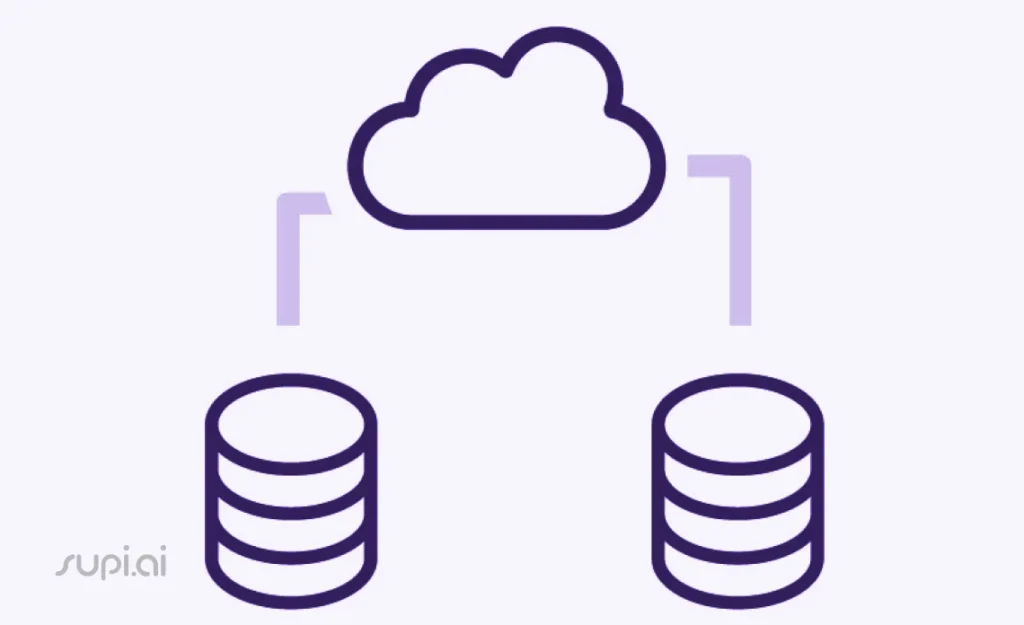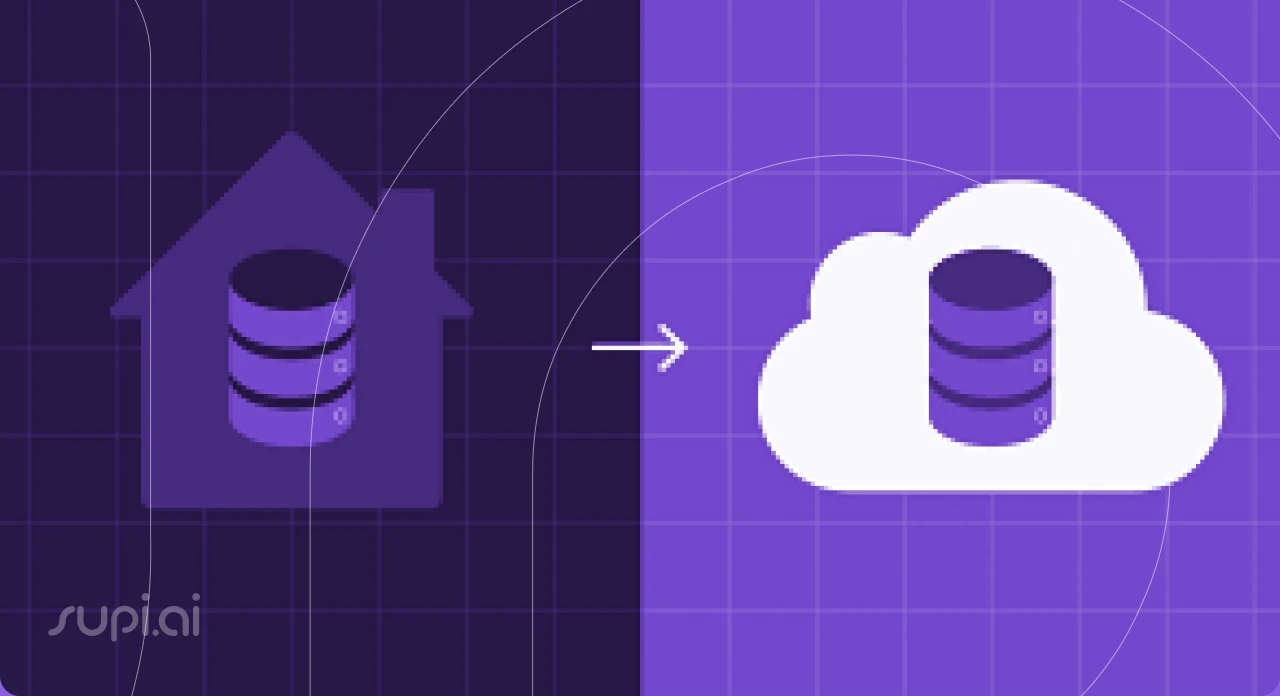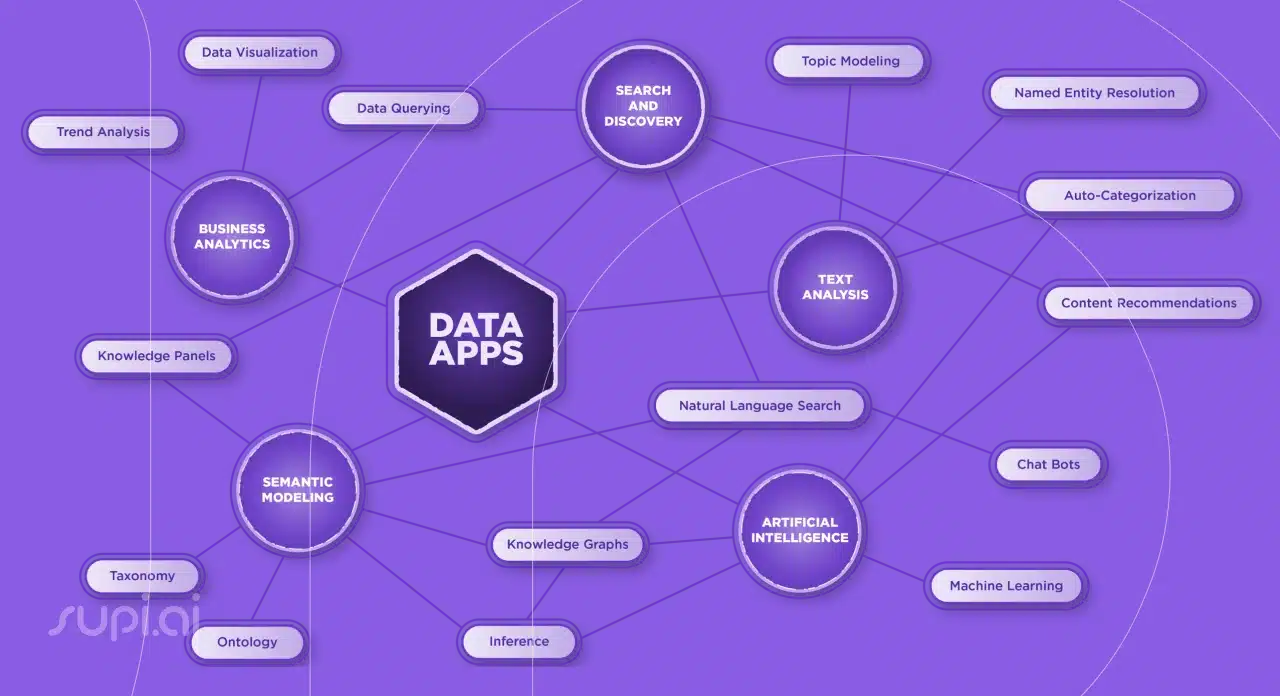Adopting cloud technology is no longer just an option but a necessity for businesses looking to stay competitive. However, for midsize enterprises, the journey to cloud adoption comes with its unique set of challenges. Let’s explore effective strategies to overcome these hurdles and make a smooth transition to the cloud.
Understanding Cloud Adoption Challenges
What is Cloud Adoption?
Cloud adoption involves migrating a company’s data, applications, and IT processes to cloud-based services. This transition promises numerous benefits, including scalability, cost savings, and enhanced security.
Common Challenges Faced by Midsize Enterprises
Midsize enterprises often struggle with issues like budget constraints, lack of expertise, security concerns, and resistance to change. Understanding these challenges is the first step toward overcoming them.

Budget Constraints
Assessing Costs and Benefits
One of the primary challenges is managing the costs associated with cloud adoption. To address this, enterprises should perform a cost-benefit analysis. This helps in understanding the long-term savings against the initial investment.
Optimizing Cloud Spending
Using tools and strategies to monitor and optimize cloud spending can help midsize enterprises stay within budget. Services like pay-as-you-go and auto-scaling can prevent overspending.
Lack of Expertise
Training and Skill Development
Investing in employee training is crucial. Upskilling the current workforce or hiring skilled professionals can bridge the expertise gap. Offering certification programs and workshops can be beneficial.
Leveraging Managed Services
Partnering with managed service providers can provide the necessary expertise and support, making the transition smoother and less risky.
Security Concerns
Implementing Strong Security Measures
Security is a significant concern. Implementing strong encryption, regular security audits, and compliance with industry standards can safeguard data in the cloud.
Choosing the Right Cloud Provider
Selecting a cloud provider that offers robust security features and compliance certifications is vital. Providers should have a proven track record of protecting their clients’ data.

Resistance to Change
Creating a Culture of Change
Resistance from employees can hinder cloud adoption. Creating a culture that embraces change through effective communication and leadership can mitigate this issue.
Highlighting the Benefits
Demonstrating the tangible benefits of cloud adoption, such as improved efficiency and flexibility, can help gain buy-in from stakeholders.
Data Migration
Planning and Strategy
Data migration can be complex. Having a well-defined strategy and a phased approach can minimize disruptions. Assessing data dependencies and preparing for potential challenges is crucial.
Ensuring Data Integrity
Maintaining data integrity during migration is essential. Regular backups and validation checks can ensure that no data is lost or corrupted in the process.
Compliance and Regulations
Understanding Regulatory Requirements
Compliance with industry regulations is critical. Understanding the legal and regulatory landscape is necessary to ensure that cloud adoption does not lead to non-compliance.
Partnering with Compliant Providers
Working with cloud providers who are compliant with relevant regulations can ease the burden of maintaining compliance.
Performance and Reliability
Ensuring High Availability
Performance and reliability are key concerns. Implementing solutions that ensure high availability and failover capabilities can mitigate these risks.
Monitoring and Optimization
Continuous monitoring and optimization of cloud resources can help maintain performance and reliability.
Vendor Lock-In
Adopting Multi-Cloud Strategies
Vendor lock-in can limit flexibility. Adopting multi-cloud strategies can prevent dependency on a single provider and offer better negotiation power.
Using Open Standards
Leveraging open standards and technologies that promote interoperability can reduce the risk of vendor lock-in.

Best Practices for Successful Cloud Adoption
Developing a Clear Roadmap
A clear roadmap outlining the goals, timelines, and milestones for cloud adoption can guide the process and ensure alignment with business objectives.
Engaging Stakeholders
Involving key stakeholders throughout the process can ensure that their concerns are addressed, and their support is secured.
Continuous Improvement
Cloud adoption is not a one-time project but an ongoing process. Continuous improvement and adaptation are necessary to fully leverage cloud technologies.
Conclusion
Cloud adoption offers significant benefits but comes with its challenges. By understanding these challenges and implementing effective strategies, midsize enterprises can successfully transition to the cloud, enhancing their agility, efficiency, and competitive edge.



